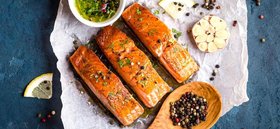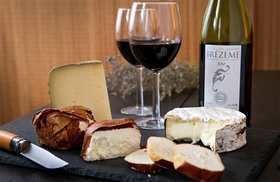Wine Pairing 101 (Useful Tips, Pairing Ideas by Wine Style)
Wine pairing is all about making food and wine taste awesome together to give you an exciting dining experience! You could go for tried and tested combinations like Cabernet with juicy steak, but try out something unconventional as well.
So, how do you choose the right wine for a new, exciting dish, or vice versa?
Here’s everything you need to know to uncomplicate the idea of wine pairing. Discover what to pair with your favorite white, red and sparkling wines, and look at the basic rules for wine pairing. We also have some advanced tips for you to try out.
We’ll also tell you the easiest way to build a collection of wine.
Further reading
- Brush up on the intricacies of Fine Wine Investment.
- Counting calories? Find out how many calories are in your glass of red wine. Also check out some of the world's best Red Wine Brands to add to your collection.
Food and Wine Pairing For Different Styles of Wine
You must’ve heard that the basic rule of wine and food pairings is to pair a delicate wine with delicate food and rich food with a heavier, robust wine.
Red wines go great with bold meat (red meat), and white wines complement lighter meat (chicken or fish.) While bitter wines pair well with fatty foods.
For anything in between, gradations are key - match the weight of the wine with the weight of the food.
But, there are different pairings that work with different styles of wine - be it a dry white wines or a full-bodied red wine.
1. Dry White Wine Pairing
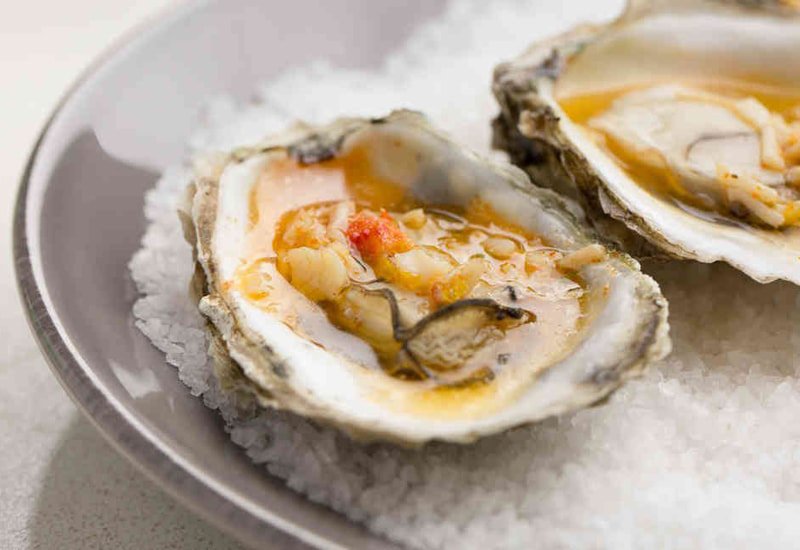
What do you pair with your gorgeous Grüner Veltliner, unoaked Chardonnay, Chablis or Albarino?
Light-bodied, crisp white wine like Sauvignon Blanc and Pinot Grigio have gorgeous acidity. An acidic wine pairs well with roasted vegetables, oysters, cheese (goat cheese), fresh herbs, light sauces, and grilled fish.
Dry white wine with flavors of pears, melons, lemons, and sweet spice make the perfect wine to pair with food with similar flavors.
2. Sweet White Wine Pairings

A sweet white wine, like a German Riesling, Pinot Gris, Chenin Blanc, or Gewurztraminer, doesn’t always have to be an after-dinner dessert. The sweetness in these wines can help tame the heat of some of the spiciest dishes as well.
Sweet white wine often has green apple, white peach, and lime flavors - making it the perfect pairing for spicy Asian and Thai dishes, salty dishes, soft and hard cheese (Cheddar or Gouda), cured meat, and decadent desserts.
A sweet wine also pairs well with chocolate as it balances the sweetness of both.
3. Rich White Wine Pairing

Rich white wines have the body to stand up to creamier dishes. Rich whites are also less acidic and have bold fruity flavors with hints of pear, melon, lemon, apple, and vanilla.
You could pair a great wine like Chardonnay, Roussanne, or Viognier with soft cheese, rich fish, white meat, and starchy foods. Some rich whites are also great with grilled lobster, seafood, roasted vegetables, and creamy sauces.
4. Sparkling Wine and Champagne Pairing
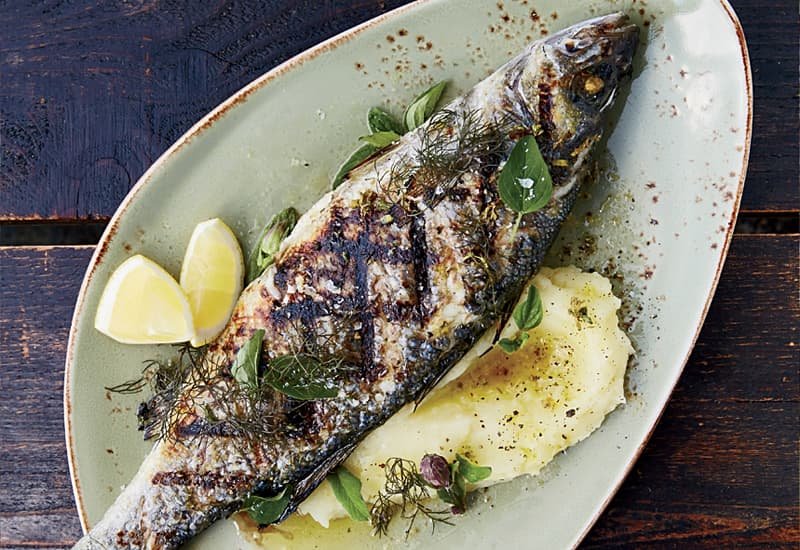
Champagne and French Fries, anyone?
The carbonation in Champagne, Prosecco, and othersparkling wines cut through salty food and balance a savory meal perfectly. Sparkling wine pairs well with grilled fish dishes and roasted vegetables.
Sweet sparkling wine, like a Moscato d'Asti or Asti Spumante, can also emphasize the sweetness in a dessert, so they work great as dessert wines.
5. Light Red Wine Pairing
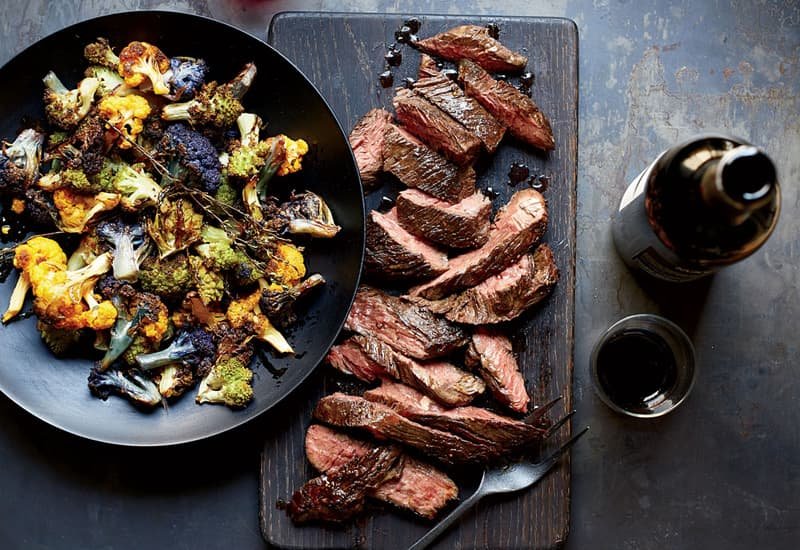
When it comes to wine pairing with light red wines, look at what grape varietal it’s made of.
A Pinot Noir, Gamay or Barbera wine, has an earthy flavor and goes well with fatty fish like salmon and tuna. Lean red meat, lamb, pork, and venison are also great dishes for this light red wine.
Syrah(or Shiraz) has a spicy flavor profile, so it is the right wine to pair with grilled meat. Only make sure that the spice level is the same, so that your food doesn’t overpower the Syrah wine.
6. Medium Red Wine Pairing
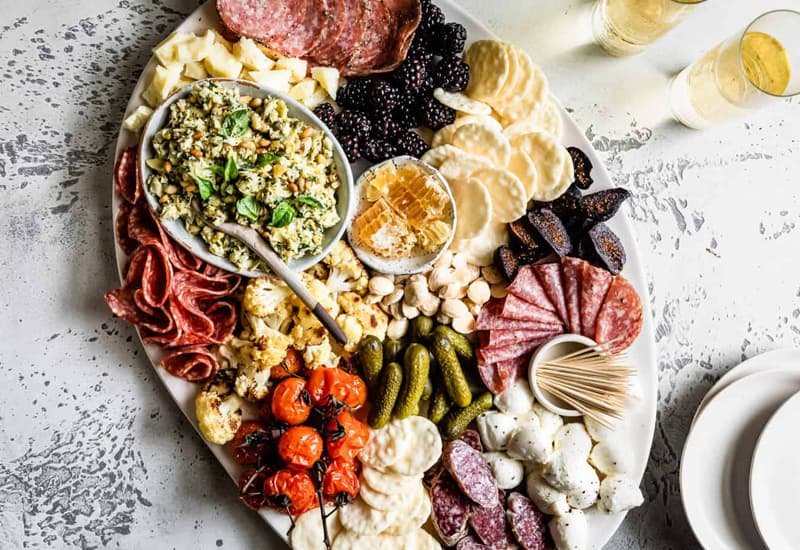
A medium-bodied red wine, like Cabernet Franc,Merlot, or Zinfandel is versatile and pairs well with many dishes.
Medium-bodied reds come with various flavor profiles and are a flexible choice for wine pairing with white meat, red meat, cured meat to a salad, or tomato-based Italian pasta.
7. Full-Bodied Red Wine Pairing

Bold red wines are high in tannins and have a unique dark fruit flavor. The flavors of these full-bodied red wines also mature over time and the richness and tannin level cut perfectly through fatty foods.
A Malbec, Cabernet Franc, Cabernet Sauvignon, or a Bordeaux blend can refresh your palate after a bite of sweet chocolate, goat cheese, and perfectly cooked meat, such as steak or lamb chops. While many people prefer pairing dark chocolate with red wine, the tannins in a full-bodied red will increase the bitter taste. Dark chocolate (55% cocoa) is better with a Pinot Noir with a sweet fruit flavor.
8. Dessert Wine Pairing
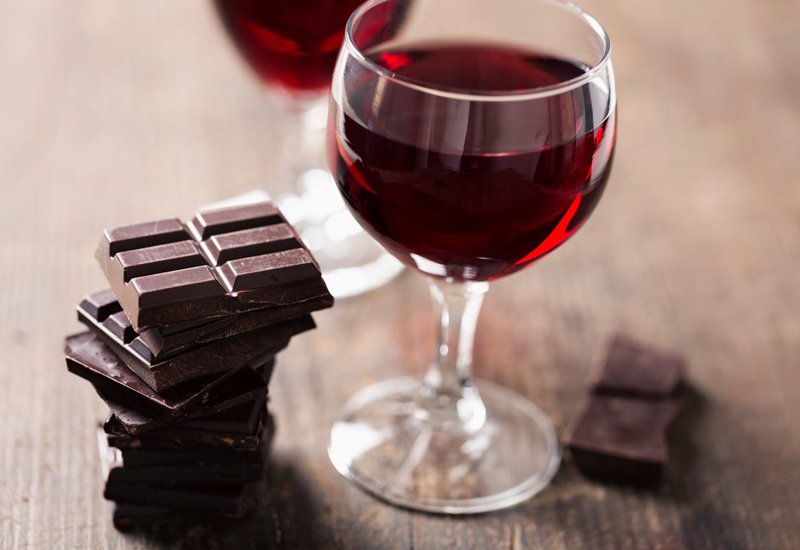
When it comes to a dessert wine like Ice Wine or an aged Port, the perfect pairing is right there in the name.
Dessert wine pairings are great with dark chocolate, cheese (Gouda or Cheddar), sweets, and even salty nuts. The small salty bites help round the delicious sweet wine.
9. Rose Wine Pairing

A Rose wine with the crisp acidity of white wine and fruitiness of red wine has always been a party favorite! It’s perfect for pairing with soft and hard cheese, cured meat, roasted vegetables, and even spicy seafood and grilled fish or chicken.
For the perfect food and wine pairing, you need to compare the acidity, alcohol, tannins, and texture of the wine with the flavors and ingredients of the food. All of this can be summarized into two types of wine pairings:
Congruent vs Complementary Pairings
- Congruent Wine Pairings: These are harmonious pairings where the wine and food have similar compounds or flavors - for example, a creamy pasta with a creamy white like Chardonnay. In such cases, the food doesn’t overwhelm the wine.
- Complementary Wine Pairings: Here, the wine and food have no similar flavors or compounds. Instead, they have contrasting flavors balancing each other. For instance, a Rose, Sparkling, or white wine will cool down a spicy dish with its sweet notes. Another common complementary pairing is fried or salty food with a sweet and fruity white wine.
Now, let’s dive deeper and look at the basic rules of wine pairing.
The Fundamental Rules Of Pairing Wine And Food
Here are some golden rules for wine and food pairings:
1. Categorize Your Wine
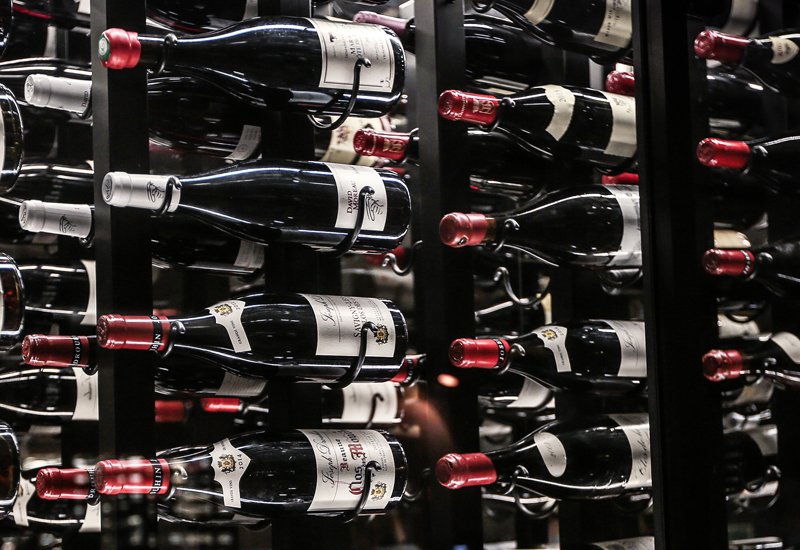
To start your wine pairing journey, begin by sorting wines into three basic categories:
- Red wine has a more bitter flavor profile.
- White, Rose, and Sparkling wine have a higher acidity.
- Sweet wine is a lot sweeter than red, white, or sparkling wines.
You can now pair each category of a wine to a specific food flavor profile.
2. Discover Your Food Flavor Profile
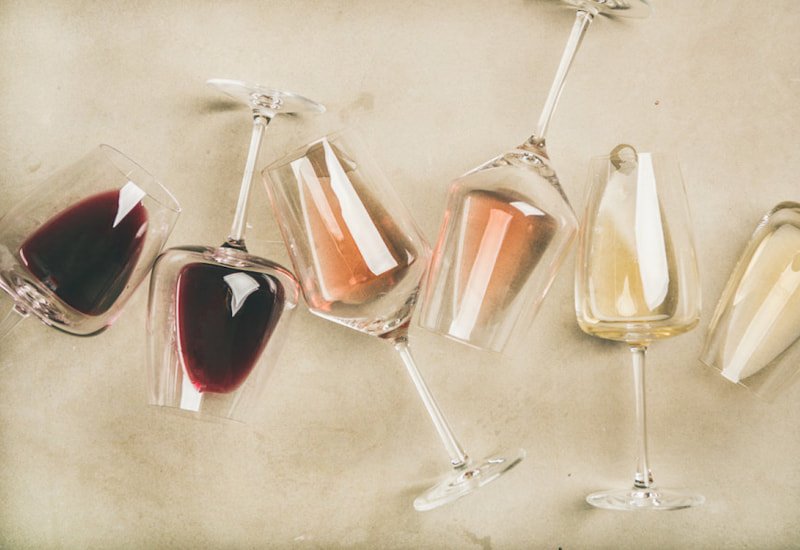
Let’s break down six primary food flavors and the aspects to consider when choosing a wine.
- Salt: Mostly common in pasta sauces, fried foods, and potatoes. Salty food can affect the taste profile of your wine. The best pairing for salty food is a sparkling or acidic wine.
- Acid: Acidity is found in both wine and food and makes great congruent and complementary pairings possible. The acid adds freshness to both the food and wine. When wine pairing, make sure the acidity of the wine is less or equal to the acidity of the food.
- Fat: One of the few flavors that are not found in wine, and because of this, complementary wine pairings are essential. One aspect to remember is that fatty foods pair well with tannins, and the fruity flavors in tannic wines (Sangiovese) complement the taste of fatty meat.
- Bitter: When it comes to bitter foods and wine, avoid congruent pairings. Pairing bitter food with bitter wine will only enhance these bitter elements. Instead, look for a complementary pairing such as a Zinfandel, Vermentino, or an off-dry Riesling.
- Sweet: If the wine is less sweet than the food (or dessert), the wine will be overwhelmed and stripped of its flavor. Sweet food also enhances the bitterness of food, so avoid wines with a high tannin level.
- Spicy: While spicy food can be complex, they are perfect for congruent and complementary pairings. The main thing to remember is the ability of spicy food to increase the bitterness and decrease the sweetness and body of a wine.
While the basic rules of wine pairings will keep you super busy, there are some more advanced tips to try out when pairing wine and food.
So, get ready to take your wine pairing game to the next level!
4 More Advanced Wine Pairing Tips
Here are some more in-depth factors to consider when you aim for the perfect wine pairing:
1. Tannins And Flavors
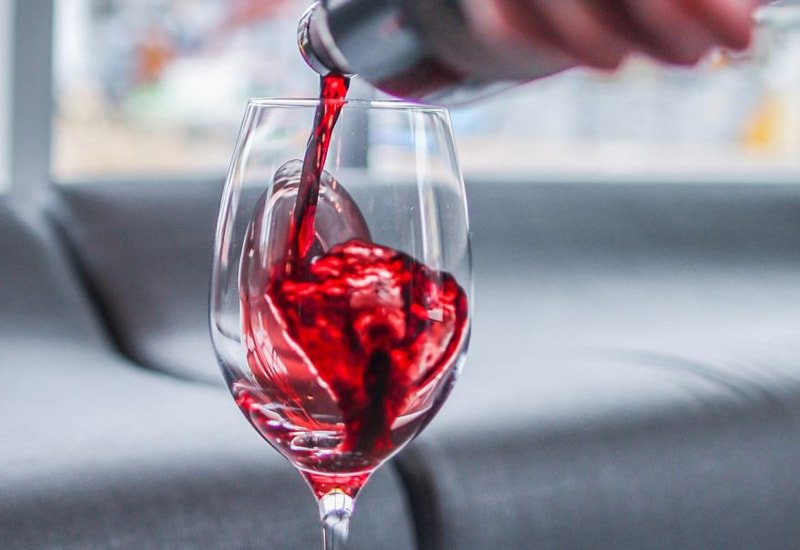
Tannins lend texture and structure to the wine. Many red wines have medium-high tannin levels, while white wines don’t. Unless the white wine (like an oaked Chardonnay) has spent time in oak barrels.
Tannins are what interact with the spicy, fatty, and salty flavors of food. Rich and fatty dishes diminish the tannin level of highly tannic wines. However, salty foods emphasize the tannins found in wine and make Cabernet seem harsh. Salty foods also react poorly with the alcohol of wine.
Spicy flavors also react badly with high tannin wines with a high alcohol level and make the wine feel “hotter.”
Both red and white wines can be buttery, leathery, spicy, floral, or earthy. You’ll find lighter fruit flavors, such as pear, citrus, and apple primarily in white wines, while red wines commonly display cherry, plum, and dark currant flavors. So pairing complementary foods with these works best.
2. Structure And Texture

All the components in a bottle of wine are balanced, but pair it with the wrong food, and you can upset that balance. Certain elements in a dish can enhance or diminish your favorite wine’s sweetness, acidity, or bitterness.
Because lemons and vinegar are highly acidic - an acidic wine will soften the acidity. Sweet food can also make dry wines taste sour.
3. Find Fabulous Aroma and Flavor Combinations

Pairing wine and food according to aromas and flavors is where wine pairing can be endless fun!
Pair your wine with a dish having the same aroma and flavor characteristics. For instance, adding a dash of sage in a dish could bring out the dark fruit flavor and herb aroma of your favorite Cabernet.
However, very similar flavors can cause a “cancellation effect.” This happens when the flavors balance each other out, and it’s the alcohol or tannin content of the wine that stands out. If you happen to serve red wine that has an earthy flavor with mushrooms, the wine’s fruity characteristics will be in the front.
4. Older Wine Pairings

A younger wine’s power subsides, its tannins soften, and the wine becomes more delicate as it ages and matures. Fresh fruit flavors may give way to savory and earthy notes, and complex secondary characteristics will emerge.
When pairing with an older wine, don’t go for food with big flavors. Tone down the richness in sauces to allow the mature nuances of the wine to shine through. While you would pair a grilled steak with a young Cabernet, a braised lamb will pair perfectly with an older Cabernet.
Now that you’re clear about pairings, how do you go about buying the best wines for your collection?
Instead of looking online and traveling to hundreds of merchants and cellars, you could use a trusted wine investment company like Vinovest.
Build A Collection Of The Best Wines From Around The World

Vinovest is a world-class online wine investment company that uses an AI-driven platform that helps you buy, store, and sell fine wine from all over the world - be it a Burgundy, Chianti, or California Cabernet, a Merlot or a mouth-watering Pinot Noir.
An expert team of Master Sommeliers and data scientists will help you find the best wine for your investment portfolio.
Vinovest will also do the hard work to ensure that every bottle of wine you want to add to your portfolio is the real deal (and not a counterfeit bottle!) They will also help you store the bottles in bonded warehouses in perfect conditions.
And, if you want to uncork that mature Cabernet Sauvignon at a dinner party, or sell an elegant Sauvignon Blanc to a buyer, Vinovest will take care of the delivery.
It only takes a minimum of $1,000 to get started with Vinovest, and you can enjoy all these benefits for an annual fee of 2.5% (1.9% when your portfolio reaches $50,000 or more.)
Time To Find The Perfect Food Pairing For Your Favorite Wine!
Wine pairing is an art and a truly fun activity if you’re planning your next big bash.
Meanwhile, you could build a high-performing wine collection through Vinovest - to open at your big celebration, or to make a profit years down the line.
Sign up with Vinovest today and discover the wonderful world of wine investment.


